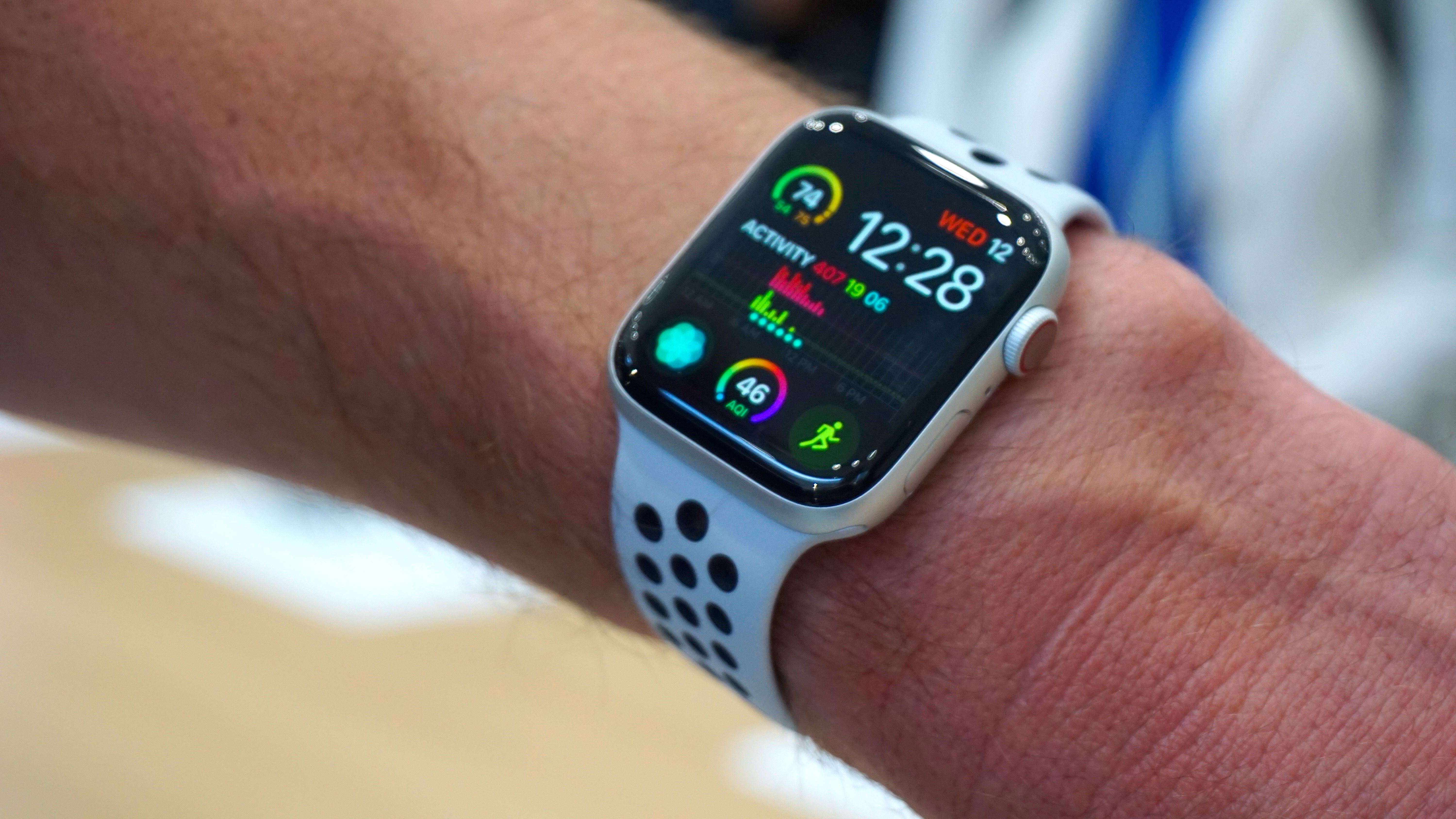Xiaomi surges past Apple in global wearables shipped as the market grows overall
Apple falls to second place

2018 seems on track to be a big year for wearables as global shipments rose 21.7% in Q3, according to a report by industry research firm IDC. But that growth happened in regions outside the US as the American region’s expansion dipped 0.4%, indicating a split in user appetites as different markets become saturated, the report suggested.
And that has led to an upset in the rankings: in IDC's Q2 2018 report, Apple held the lead in number of wearables shipped globally, but only just. In Q3, Xiaomi outsold Apple by over 2 million devices. Whether that trend will hold through the holiday sales season (traditionally a strong time for Apple sales) in Q4 2018 has yet to be seen.
The global wearables market benefits from geographic differences, according to Ramon T. Llamas, research director for IDC's Wearables team.
"China – the largest market for wearables and more than double the size of the U.S. market – has grown thanks to strong device development and experimentation, low-cost products, and strong demand for basic devices to draw in new users,” Llamas said in a press release. “Meanwhile, the U.S. market – while slowing down – presents an opportunity for vendors to offer more featured and higher-priced devices to current users and possibly to recapture old ones. In between the two markets are many other countries in various states of development, and this allows vendors to take different approaches to meet demand.”
Wearables' winners and ... winners?
Brand growth followed these trends, with a split between higher-end smartwatches and more affordable fitness bands with fewer features.
Xiaomi took the top spot in Q3 2018, shipping 6.9 million units to take a 21.5% share of the wearables market - up from 3.6 million units for a 13.5% share in the same period last year. Per the report, they accomplished this feat by expanding sales outside China, where they’d previously shipped 80% of their products.
Apple took the No. 2 spot and, despite the release of Apple Watch 4, the company’s Watch 3 made up the bulk of the 4.2 million wearable devices shipped.
Get daily insight, inspiration and deals in your inbox
Sign up for breaking news, reviews, opinion, top tech deals, and more.
Fitbit stayed at the third spot and still shipped 3.5 million units with its new Charge 3 and Fitbit Ace fitness bands, though its market share dropped from 13.7% to 10.9%. The release of its Fitbit Versa smartwatch allowed the company to keep the No. 2 slot in top smartwatch vendors.
Huawei shipped 1.9 million units for 5.9% share (down from 6.0%) with 1.9 million shipped, but maintained its position with unique offerings like the band-and-Bluetooth-earbud combo, the TalkBand B5.
Samsung rounded out the top five with 1.8 million devices shipped, managing to grow 91% from the 900,000 devices it shipped in Q3 2017.
Health: The Next Frontier
Even though the Apple Watch 4 didn’t account for a lot of the company’s shipped wearables, it still represents a new front in the wearables market: health. The Watch 4’s EKG-measuring heartbeat sensor and health-tracking software show Apple marketing its smartwatch to health-conscious users.
Fitbit, of course, has been in this space for awhile - but there’s a difference between tracking fitness and monitoring health. Both Fitbit and Apple are extending their wearable tech in different directions to service particular health needs. Fitbit, then, is moving to invest in sleep-tracking tech.
And there's the obvious caveat here: while the report noted market share in terms of units shipped, that isn't necessarily reflective of sales. Xiaomi had Apple beat by over 2 million units, but the latter may have generated far more revenue since it exclusively sells smartwatches, while the former's product margins are notoriously thin.
In other words, market share does not equal market dominance, though it will be interesting to see how the growing volume of affordable wearables impacts smartwatch demand.
- Check out our best picks for smartwatches in 2018
David is now a mobile reporter at Cnet. Formerly Mobile Editor, US for TechRadar, he covered phones, tablets, and wearables. He still thinks the iPhone 4 is the best-looking smartphone ever made. He's most interested in technology, gaming and culture – and where they overlap and change our lives. His current beat explores how our on-the-go existence is affected by new gadgets, carrier coverage expansions, and corporate strategy shifts.
